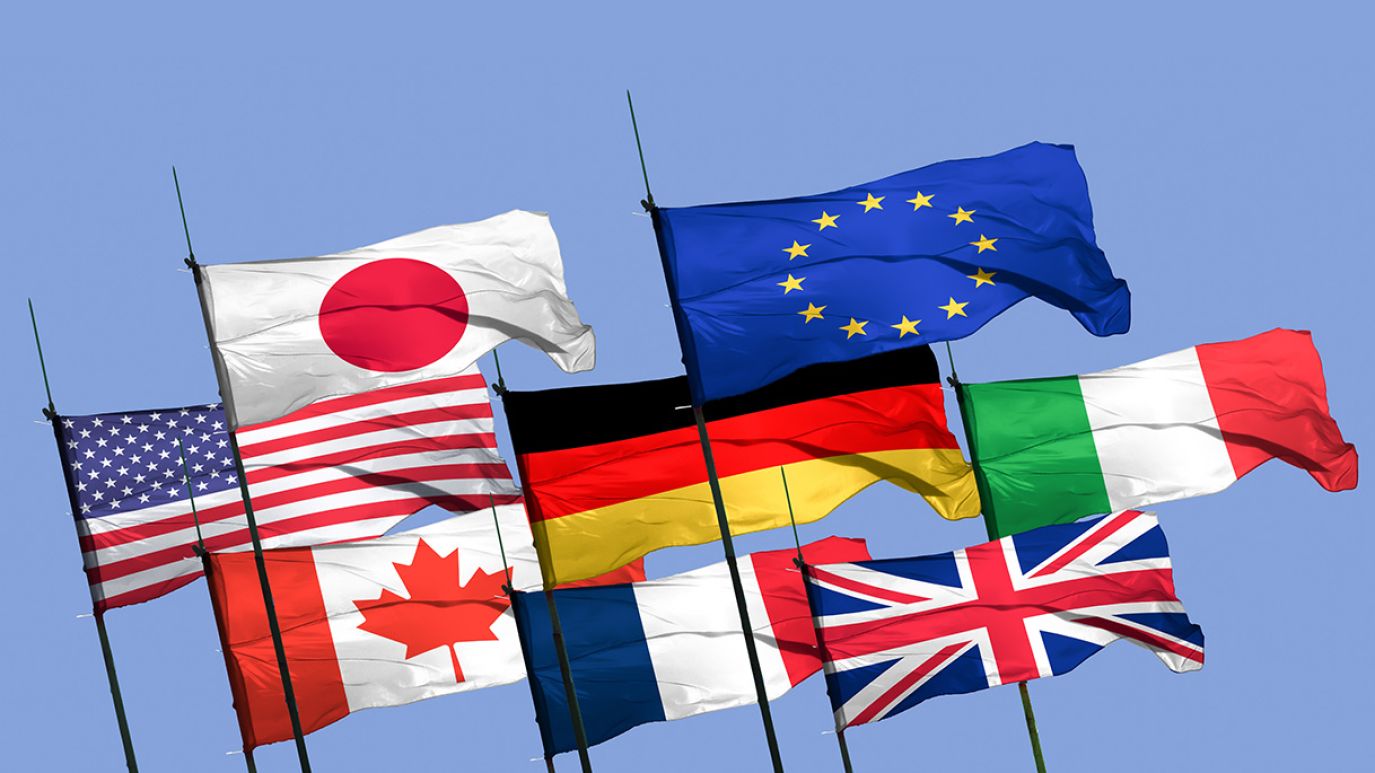US, Japan and the Philippines launch Luzon Economic Corridor to attract G7 countries and expand economic influence in Southeast Asia

The US and Japan have launched an ambitious $100 billion initiative in the Philippines that is now drawing interest from the UK and other G7 nations. It offers the potential for greater US influence in Southeast Asia as well as access to essential elements used for battery, clean energy, and semiconductor applications.
At their first trilateral summit held in April 2023 in Tokyo, leaders of the Philippines, Japan, and the United States unveiled their ambitious Luzon Economic Corridor (LEC) initiative. They published a joint vision strategy on 11 April 2024, from Washington, which revealed that the three Indo-Pacific maritime democracies could invest up to $100 billion in the Philippine economy over a 10-year period, as they look to reassert economic influence in the region amid China’s expanding regional influence.
G7 countries show interest in the Luzon Economic Corridor initiative launched by the US and Japan
In recent weeks, other G7 countries – including Canada, France, Germany, Italy, and the UK – have also expressed interest in the initiative, which could be potentially transformative not just for the Philippines, but also for geopolitical dynamics in the South China Sea and Southeast Asia.
The LEC is seen as a crucial component of renewed US commitment to Southeast Asia and its goal of reviving the region’s dwindling trust in Washington, amid Beijing’s growing influence. It could create a template for US and G7 countries’ engagement with the region.
The “poster child” of the strategy, and one of its initial projects, is a $3.2 billion Subic-Clark-Manila-Batangas railway, which will span 250 kilometers and connect major commercial hubs that are former US bases, the Philippine capital city, and the port province south of Manila. Construction is expected to start in 2027.
In June, China withdrew its support for the initial Subic-Clark section of the freight railway line, leading the Philippines to seek investment from the US and Japan, which it gained. This section of the rail project is now being managed by the Bases Conversion and Development Authority (BCDA), a Philippine government-owned and controlled corporation that manages redevelopment projects on former US military bases. The line will link Subic, a former US Navy base, and Clark, a former US Air Force base. The BCDA is also seeking new investment from other countries, including Australia and India.
Access to rare earth elements and advanced materials
The broader LEC initiative also includes a $174 million expansion of the Clark International Airport and $152 million for the expansion and improvement of the Philippine agricultural sector. It is also expected to eventually attract, through tax incentives, US battery, manufacturing, and semiconductor companies to relocate to the region to better access the Philippines’ abundant mineral resources, such as nickel, cobalt, copper, and bauxite. It is estimated that the Philippines is home to the world’s fourth-largest copper reserves, fifth-biggest nickel deposits, and a rich cobalt reserve, all of which can be used to manufacture clean energy technologies, such as batteries for electric vehicles (EVs) and solar panels.
More recently, on 8 July, Secretary Frederick D. Go of the Office of the Special Assistant to the President for Investment and Economic Affairs in the Philippines told a meeting of the Economic Journalists Association of the Philippines that several other countries have opened preliminary discussions about joining the project, citing “the UK… and a few countries from the European Union.”
In recent years, many Southeast Asian countries have developed a more favorable view of China. At the same time, they have adopted a dimmer view of US interest in the region. In this context, the LEC initiative could bolster US (and G7) influence in the region and demonstrate a more inclusive approach by the US, with potential economic benefits for all parties.
China’s 5G influence in developing economies
China’s Belt and Road Initiative and its digital counterpart, the Digital Silk Road, threaten to displace US telecom and tech companies in developing economies in Africa, Latin America and the Middle East. How can US operators and network providers stand up to the challenge?